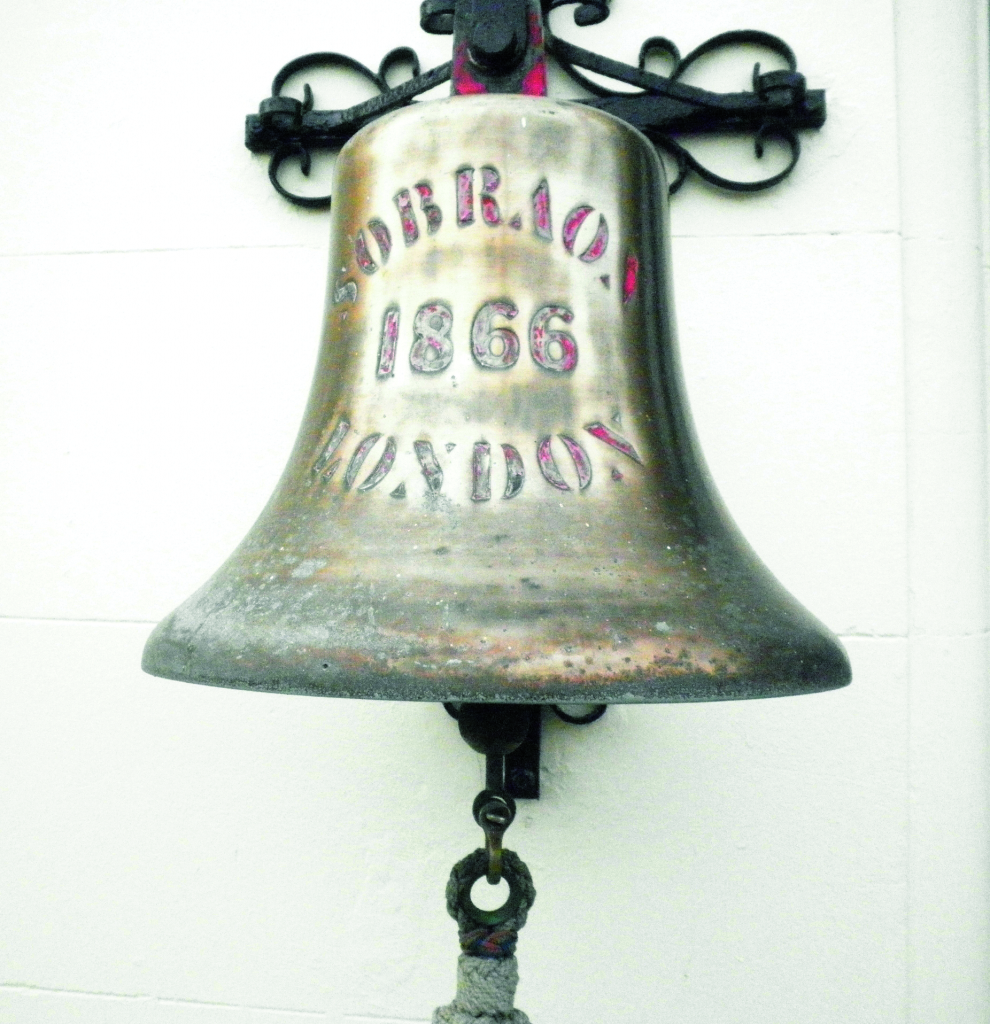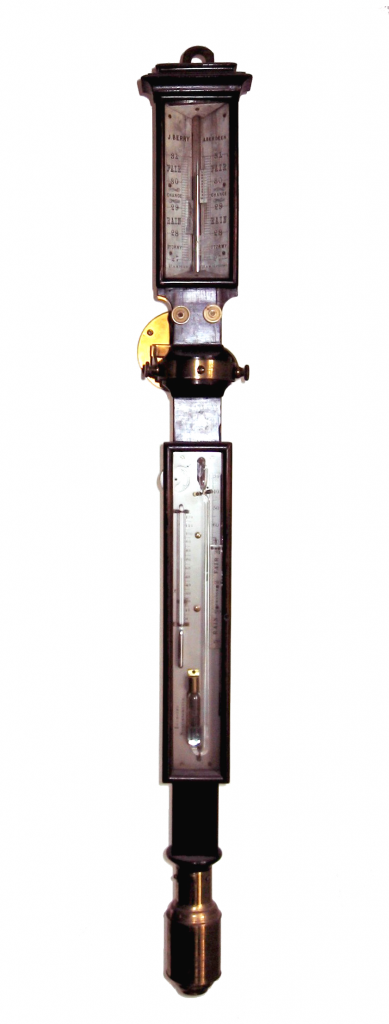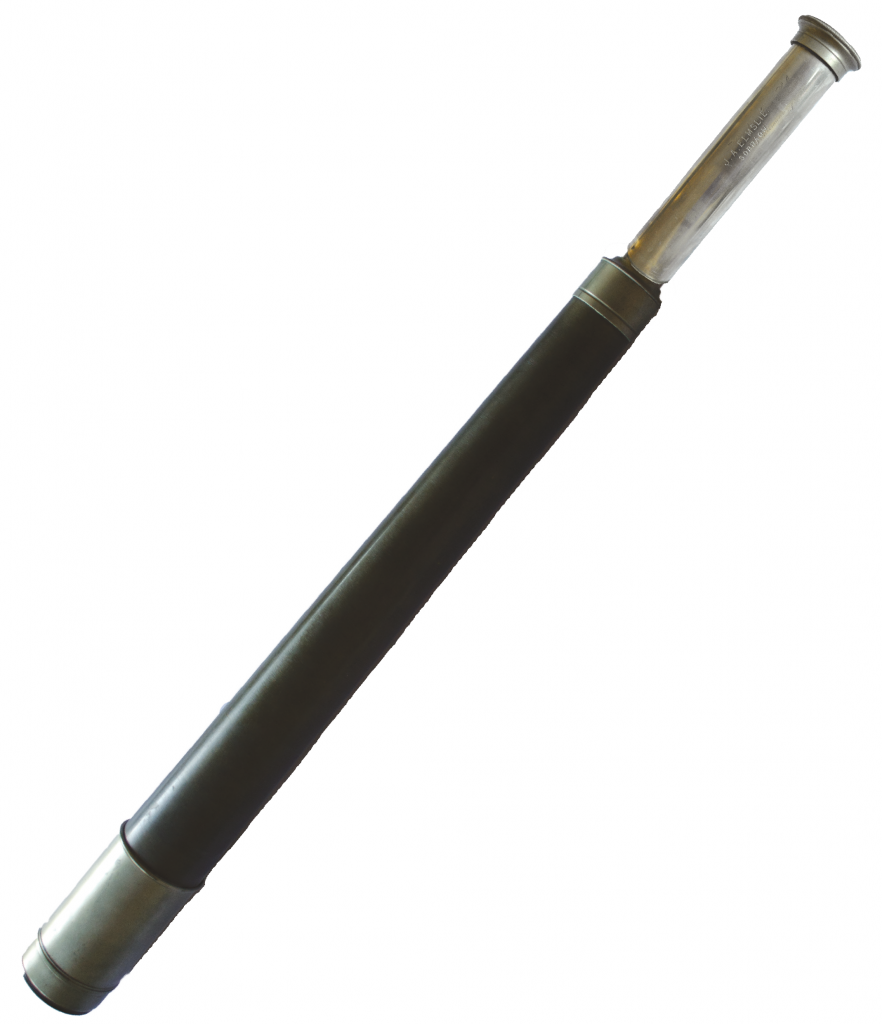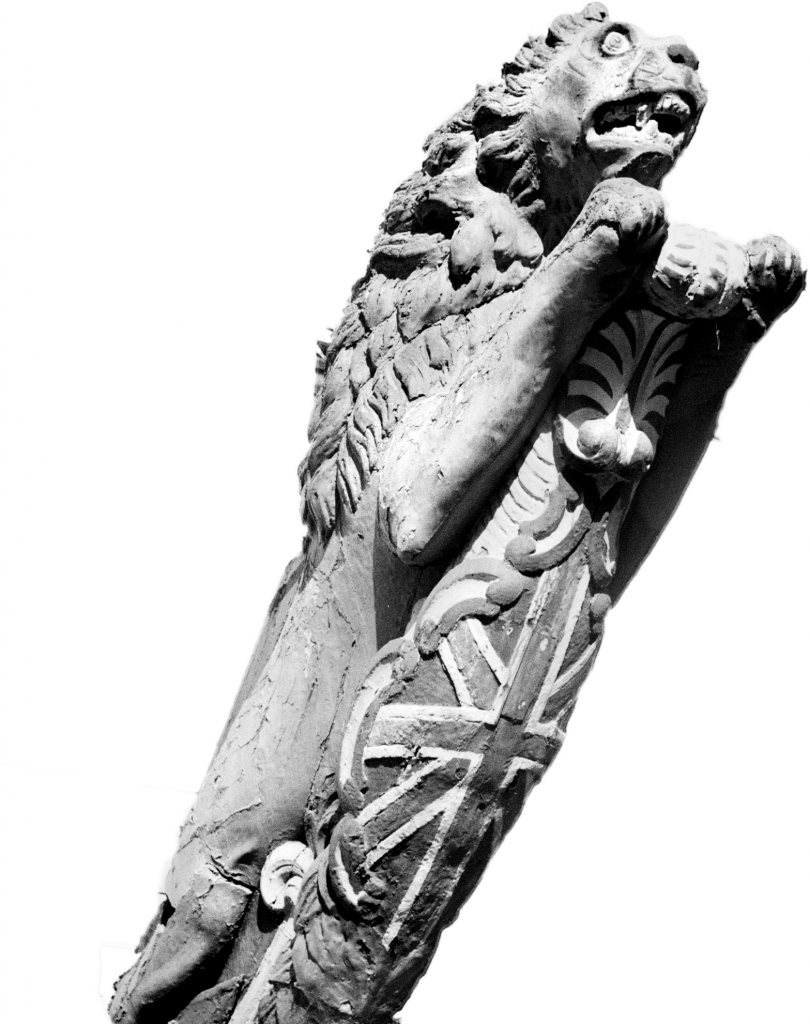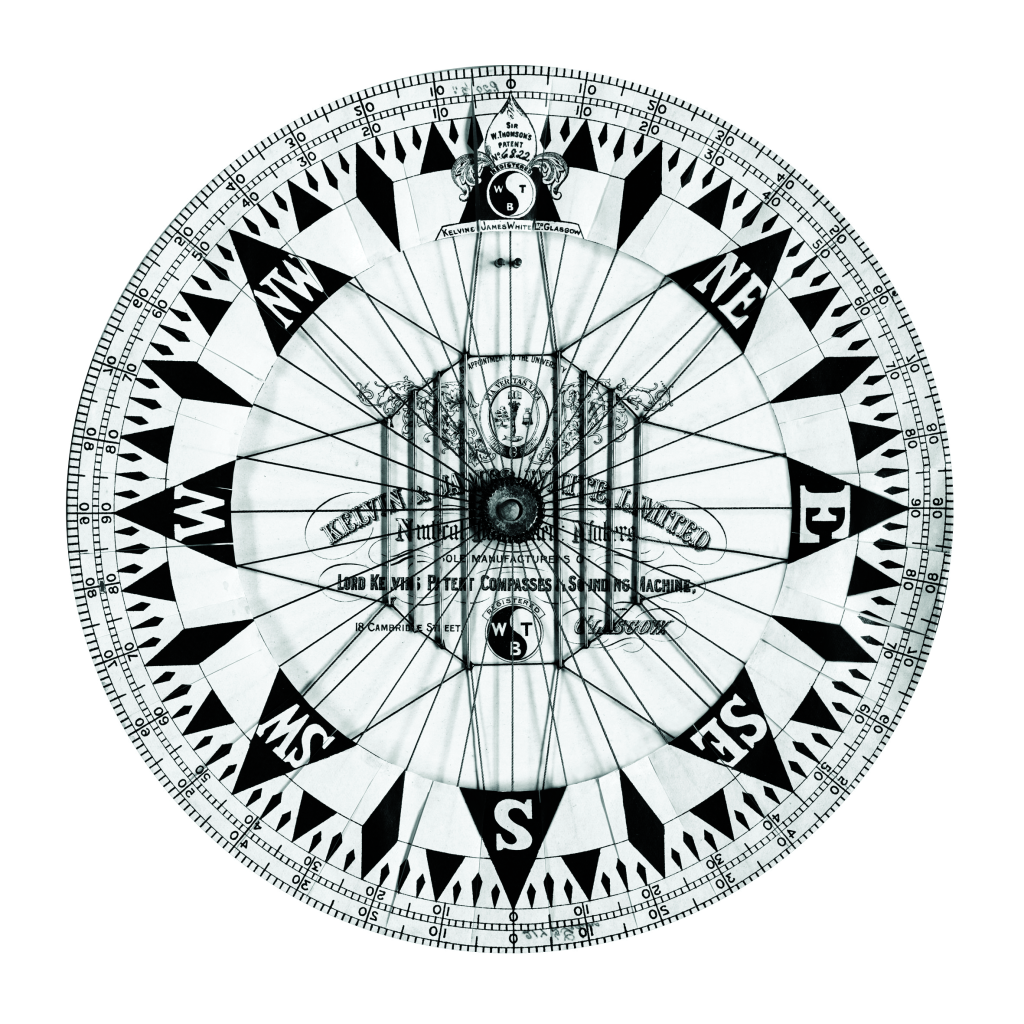Built in Aberdeen, Scotland in 1866 the sailing ship Sobraon served Australia for 75 years (1866-1941). For 25 years until 1891 she carried large numbers of passengers and large cargoes between England and Australia. Then as a reformatory school ship from 1891 until 1911 she was home and a training centre for thousands of disadvantaged Sydney boys. In 1912 the ship was commissioned into the Royal Australian Navy and for 15 years she was a home and training establishment for thousands of boys seeking a career in the new Navy. After being decommissioned in 1927 the ship was sold to a private buyer and, during the 1930s Depression, she was used as a refuge for homeless men. Several attempts were made to preserve the old Sobraon permanently. Unfortunately these attempts failed and, tragically, the ship was finally broken-up in 1941 when the materials of which she was built were utilised in Australia’s war effort. Arguably, no other ship has served Australia so well for so long.
Design and Construction
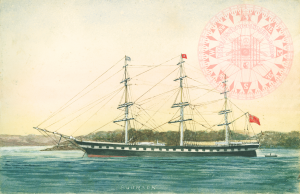
The Sobraon was built in Aberdeen, Scotland by Alexander Hall & Co.
Originally she was designed to have auxiliary steam power but this feature was discarded and the ship was completed as a square-rig sailing ship.
She was the largest composite ship ever built. She had iron frames and beams planked with teak. This form of construction gave the ship great structural strength and provided more space for cargo. The lower section of her three masts were also iron while higher sections of her masts and the lower yard on all masts were steel. As such she was just as strong aloft as she was in her hull.
The Sobraon was registered at 2131 tons. She was 317 feet (97m) long overall and 272 feet (83m) between perpendiculars. Her beam was 40 feet (12m) wide and her hold 27 feet (8m) deep. She could carry 3500 tons of cargo.
By her design the ship’s bow was as fine as any yacht and she had a perfect run aft. She could spread 2 acres of sail. As a result the Sobraon was a fast ship – in favourable conditions she could make over 16 knots, ie. 16 nautical miles in one hour (18.4 miles or 29.6 kms).
Operational history
The Clipper Ship Sobraon (1866-1891)
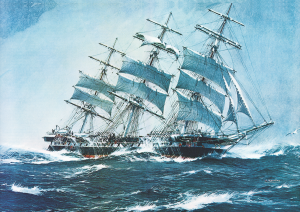
The Sobraon was launched on 17 April 1866 and sailed from Plymouth on her maiden voyage on 21 November 1866. She arrived in Sydney in just 75 days, clearly demonstrating her superior sailing qualities.
When the ship left on her homeward passage to London in April 1867 she carried 200 passengers and over 5000 bales of wool. At the time that was the largest cargo to have left Sydney in a single vessel.
The ship made 6 voyages to Sydney before her new owners, Devitt & Moore, placed her in their Melbourne trade. From 1872 she made 19 annual voyages to Melbourne.
The Sobraon was an elite passenger ship normally carrying 90 first class and 40 other passengers. The standard of her accommodation and the services provided for passengers was unsurpassed by other ships of the time. A virtual farmyard was carried on board to provide fresh food throughout the voyage. The ship’s safety record, reliability and the fact that she was never driven hard made her a comfortable ship preferred by many passengers.
Normally leaving London late in September the Sobraon sailed non-stop via the Cape of Good Hope, arriving in Melbourne at about Christmas. On her return passage the ship called at Cape Town and St Helena, stops popular with passengers.
The ship was also favoured by many merchants. With the dependability of her voyages and her large dry holds she had little difficulty in obtaining good cargoes. The ship traded profitably throughout her 25 years at sea. Finally, however, even the Sobraon could not compete with steamers passing through the Suez Canal.
NSS Sobraon (1891-1911)
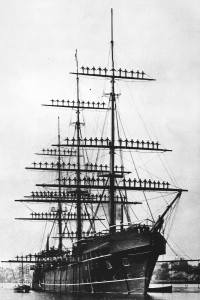
After arriving in Melbourne in January 1891 the Sobraon was sold to the colonial government of New South Wales. Substantial modifications were made to fit the ship out for use as a reformatory school. Moored alongside Cockatoo Island in Sydney Harbour the (Nautical School Ship) NSS Sobraon was home and a centre of learning for delinquent and disadvantaged boys of Sydney. During the following 20 years thousands of boys were comfortably accommodated, taught discipline, and learned trade and other skills that would enable them to find good employment.
In 1911 the NSW Government decided to transfer the reformatory program to an onshore facility at nearby Mt Penang.
HMAS Tingira (1912-1927)
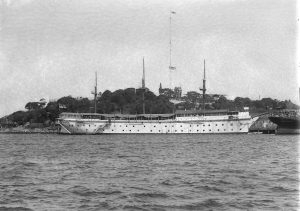
With the establishment of the Royal Australian Navy in 1911 a facility was needed to house and train boys of between 14 ½ and 16 years for a career in the new Navy. The old Sobraon was found to be most suitable for the purpose and in 1911 the ship was purchased by the Federal Government. After being further modified the ship was commissioned into the RAN on 25 April 1912 as HMAS Tingira (aboriginal for ‘open sea’).
Anchored in Rose Bay the first batch of 100 boys commenced their training on 1 June 1912. Seventeen months later some members of that intake were amongst 30 ex-Tingira ‘Boys’ serving in HMAS Sydney when she sank the German raider Emden off Cocos Island in November 1914.
Between 1912 and 1927 3168 boys lived and trained on the ship before HMAS Tingira was decommissioned on 27 June 1927. Trainees were then transferred to the newly-established Flinders Naval Depot (HMAS Cerberus) in Victoria.
Fate
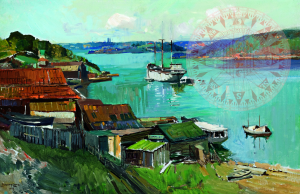
When sold by the Navy in 1929 a prominent Sydney boat builder purchased the old Sobraon largely for sentimental reasons and to save her from the scrappers. The ship lay off Ford’s boat yard in Berry’s Bay where at times in the Great Depression she was used as a refuge for unemployed and homeless men.
Despite considerable public agitation to save the old ship and serious attempts by private investors to raise the money needed to restore the ship and fit her out as a nautical museum and exhibition centre, the economic conditions in the 1930s were not right for such a venture. Even so, the final breaking-up of the old Sobraon was delayed until 1941 when the ship’s component materials – iron, steel, brass, copper and her heavy timbers were needed for Australia’s war effort.
Following the end of WWII there was a world-wide movement to preserve some of the great square-rig sailing ships of the nineteenth century. Had the old Sobraon survived for just a few more years she, almost certainly, would have been restored to sailing condition after the War.
Lt James Aberdour Elmslie, RNR (1827-1908)
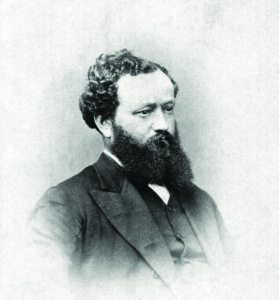
James Elmslie commanded the Sobraon for nearly 25 years, from when the ship left London on her second voyage in October 1867 until her last ocean voyage ended in January 1891. He made five annual voyages to Sydney followed by nineteen to Melbourne. Captain Elmslie’s main concern always was for the safety of his ship and the comfort of his passengers. For those reasons he never drove the ship hard. As a result the high reputation of the Sobraon and that of the ship’s long-time master, Cpt. Elmslie, were inseparable in shipping circles.
James Elmslie met Henry Parkes in January 1868 when the Sobraon was the flagship for the Anniversary Regatta on Sydney Harbour attended by Prince Alfred, to mark the 80th anniversary of the founding of the colony of New South Wales in 1788. His relationship with Sir Henry Parkes was important in securing the sale of the ship to the Government of Premier Parkes in 1891.
In the ship’s last years at sea it was James Elmslie’s ambition “to settle the old ship comfortably in port for the rest of her existence”. He achieved his desire, but could not have foreseen that the ship would continue to serve Australia in different ways anchored in Sydney Harbour for another 50 years.
James Elmslie returned to England in 1891 and remained there until his death in 1908. Five of his children settled in Australia.

